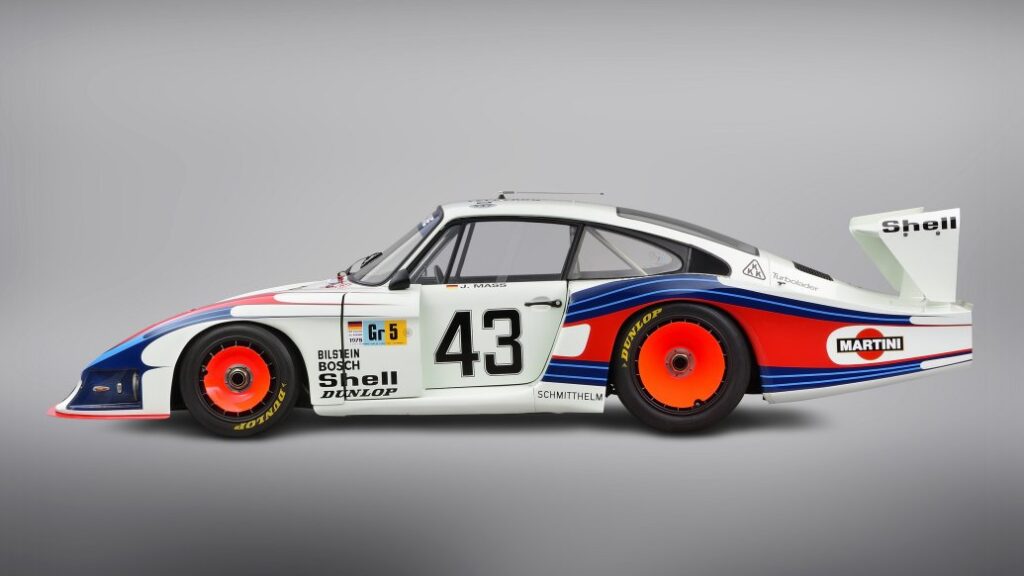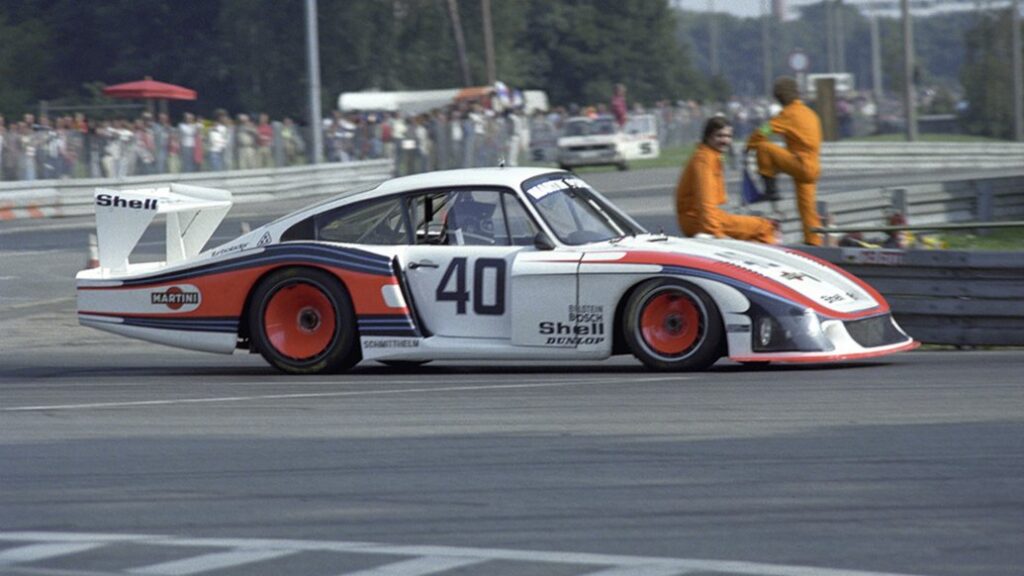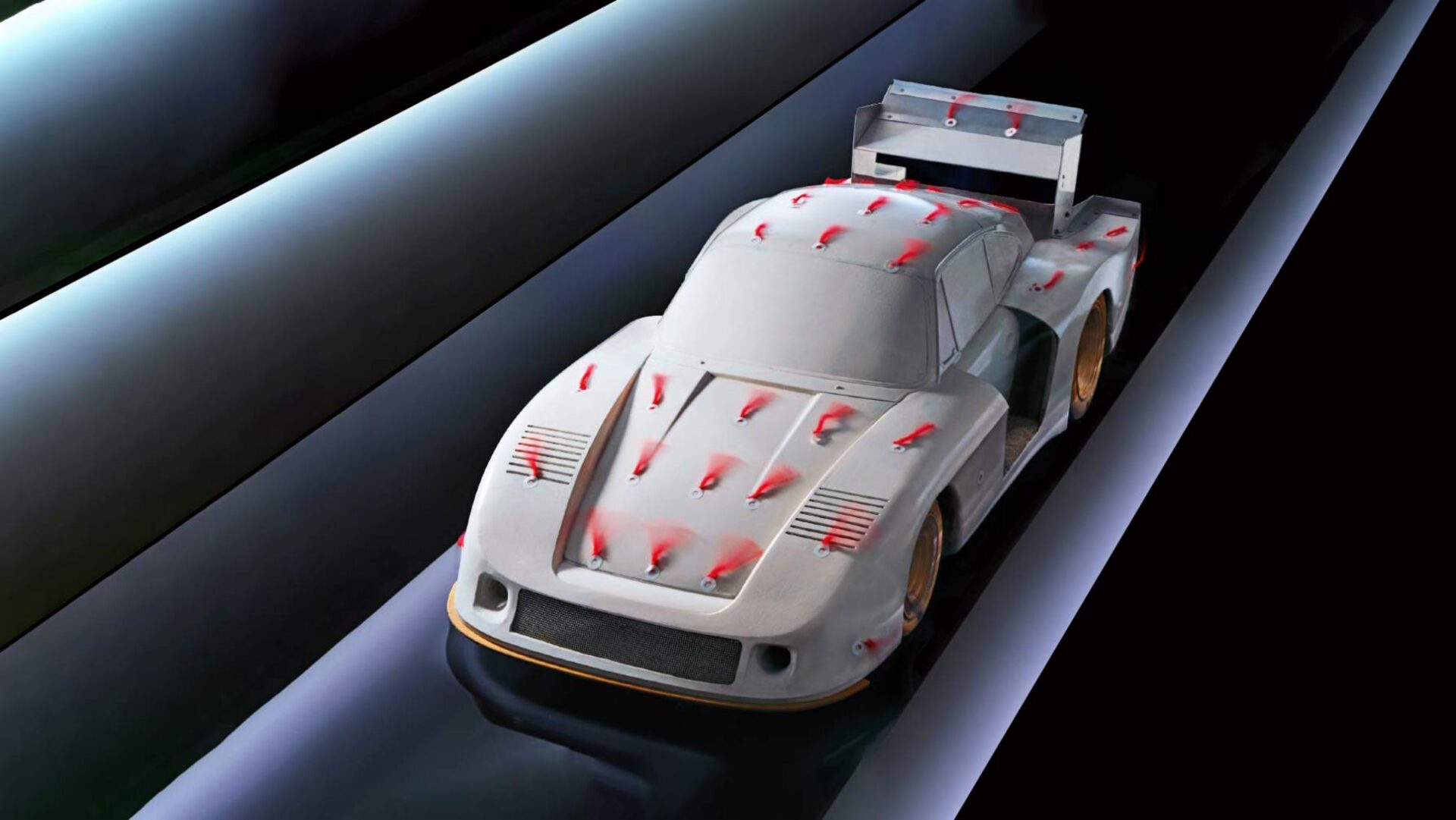Since the 1960s, Porsche has been at the forefront of aerodynamic optimization, utilizing special miniature models in wind tunnels to refine both racing and production vehicles. This meticulous approach is exemplified by the legendary Porsche 935/78, also known as Moby Dick.
These miniature models, found in Porsche AG’s archives, are more than just display pieces; they represent critical research tools. The 1:5 scale model of the Porsche 935/78 is a prime example, highlighting Porsche’s commitment to precision in vehicle development.
Porsche’s journey with wind tunnel testing began in the late 1960s. The Motorsport department used miniature vehicle bodies to gather vital aerodynamic data early in the development process, saving both time and money. For the 935/78, a fiberglass model was crafted, weighing six kilograms and measuring 96 centimeters in length.
READ MORE: Bugatti Unveils New Hyper Sports Car: A New Era Begins

Initially lacking an in-house wind tunnel, Porsche’s engineers, led by Norbert Singer, utilized the University of Stuttgart’s facilities. The 1:5 scale was chosen for its compatibility with the wind tunnel size, as larger models yield more precise measurements but require more space to avoid airflow disturbances.
The testing process involved subjecting the Moby Dick model to wind speeds of 180 to 200 km/h. A high-performance blower, a measuring table, and a precise weighing scale were used to determine the drag coefficient (Cd) and lift coefficient (Cl). This setup also allowed for analysis of aerodynamic load distribution across the axles.
Once the actual Porsche 935/78 was completed, its aerodynamics were directly tested, achieving notable success. At the 24 Hours of Le Mans, the car reached a top speed of 366 km/h on the Mulsanne Straight, thanks to its low drag. The 1:5 model continued to be instrumental in subsequent redesigns, particularly in 1979.

By the mid-1980s, Porsche had established its own wind tunnel facilities in Weissach, scaling up to 1:4 models and eventually developing a full-scale 1:1 wind tunnel. In 2015, Porsche introduced an aeroacoustic wind tunnel with a conveyor belt system, allowing for even more accurate aerodynamic data collection at speeds up to 300 km/h.
Today, Porsche continues to produce miniature models for airflow testing, complemented by advanced computer-aided simulations. This enduring practice underscores Porsche’s dedication to innovation and precision in automotive design.
Source: Aerodynamics: Testing Miniature Models in the Wind Tunnel
Subscribe today for the freshest car news delivered to your inbox




